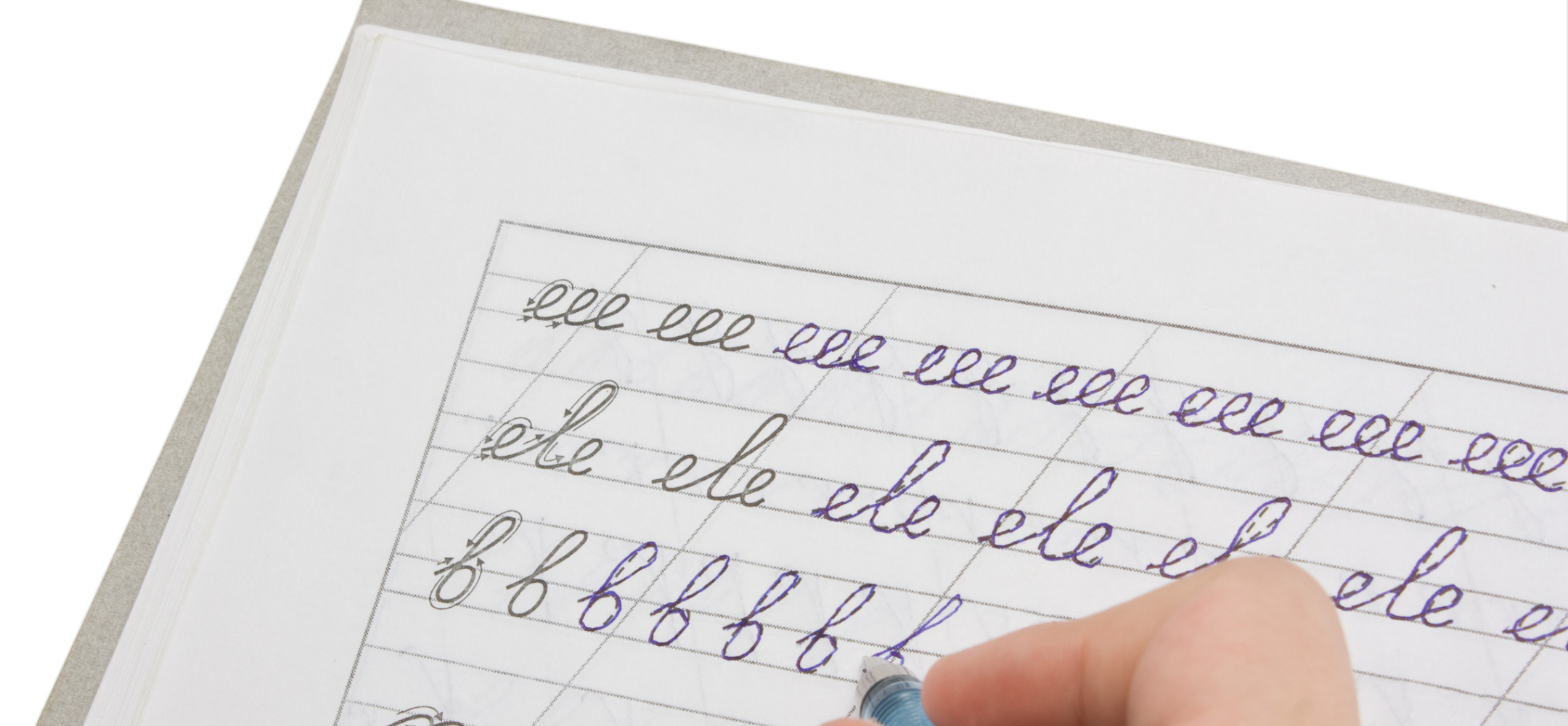
Why Children Still Need to Learn to Write in Cursive in the Current Digital Era Leave a comment
Cursive writing may appear archaic in a world where typing and digital communication rule the day. Cursive writing is still beneficial for kids’ learning, creativity, and cognitive development, nevertheless. In the current digital era, children still need to learn cursive writing for the following
Enhances Cognitive Development
Cursive writing engages the brain in different ways than typing or printing. The flowing motion of cursive writing activates areas of the brain involved in thinking, language, and memory. Research shows that learning cursive can improve brain development in areas associated with motor skills, memory, and even creativity. This unique form of writing encourages children to develop their hand-eye coordination, fine
motor skills, and spatial awareness, all of which are critical components of cognitive development.
Enhances fine motor coordination and handwriting abilities
A distinct set of motor skills is needed for cursive writing than for print writing or keyboard typing. Cursive writing’s constant flow promotes the growth of dexterity, hand strength, and fine motor abilities. These abilities are crucial for more than just writing; they’re also necessary for other activities that call for dexterity and control, like athletics, painting, and playing musical instruments. Children’s motor skills can be honed through cursive practice in a manner not possible with keyboard typing.
Encourages Memory Retention and Learning
Children’s learning and memory are enhanced when they write in cursive. Writing by hand involves the brain in a different way than typing, which improves information retention. Because writing in cursive demands more mental and physical memory, children who write in this style are more likely to recall what they have written. This is particularly useful for taking notes, picking up new ideas, and getting ready for tests.
Promotes Expression of Self and Creativity
Compared to print writing, cursive writing offers a wider variety of expression and distinctive style. Children are encouraged to develop a distinctive writing style that embodies their individuality through the flowing and connecting letters. Children who have this creative outlet can express themselves more fully and learn to love writing, whether it is for art, journaling, or storytelling.
Enhances Writing and Reading Proficiency
Reading comprehension can be enhanced by learning cursive. Learning to write in cursive helps kids become more adept at identifying and deciphering handwritten letters and documents, historical accounts, and even handwritten messages from relatives. Cursive writing also promotes general writing fluency and spelling by continuously reinforcing the relationships between letters.
Develops Patience and Discipline
Writing cursive calls for patience, practice, and close attention to detail. These traits can aid in the development of self-control and tenacity in kids, two traits that are beneficial in all facets of life. Children who write in cursive learn to take their time and concentrate on the task at hand. As their handwriting gets better over time, this can help them develop a strong work ethic and a sense of accomplishment.
Maintains Cultural and Historical Literacy
Writing in cursive is a significant aspect of history and cultural heritage. Cursive writing is used in many historical documents, including the U.S. Constitution, letters from historical personalities, and earlier literary works. Children may study these authentic manuscripts and develop a deeper grasp of history and culture by learning cursive. We assist retain a connection to the past and make sure that future generations can recognise and comprehend our common heritage by keeping the ability to read and write in cursive.
Promotes Quicker and More Effective Writing
Because the letters in cursive are connected and require less pen lifts in between, some people find that writing in cursive is faster than writing in print. This effectiveness can be especially useful for quickly taking notes during lectures or jotting down ideas in a journal. Cursive writing’s speed and fluidity can help kids write more quickly and effectively, which can facilitate learning and note-taking.
Combines Writing by Hand with Screen Time
Cursive writing offers kids a welcome diversion from technology in an era where kids spend a lot of time in front of screens thanks to technology. Typing on a keyboard lacks the tactile and sensory experience of writing by hand, especially in cursive. Maintaining this equilibrium is crucial for children’s general growth, since it lessens screen fatigue and motivates them to participate in learning in various ways.
Encourages Individual Relationships and Conversation
Cursive letters and notes written by hand have a personal touch that typed texts just can’t match. Teaching kids to write in cursive allows them to convey meaningful, personal messages and to keep up a more genuine, intimate style of communication. Cursive writing can improve communication and personal connections when used for thank-you notes, love letters, or cards.
In summary
Even if technology is still very important for communication and education, learning to write cursively is still a valuable skill that has special advantages for learning, creativity, cognitive development, and cultural literacy. Teaching children to write in cursive gives them a valuable tool that enhances their education, helps them better connect with their cultural and personal past, and supports their digital skills. In
